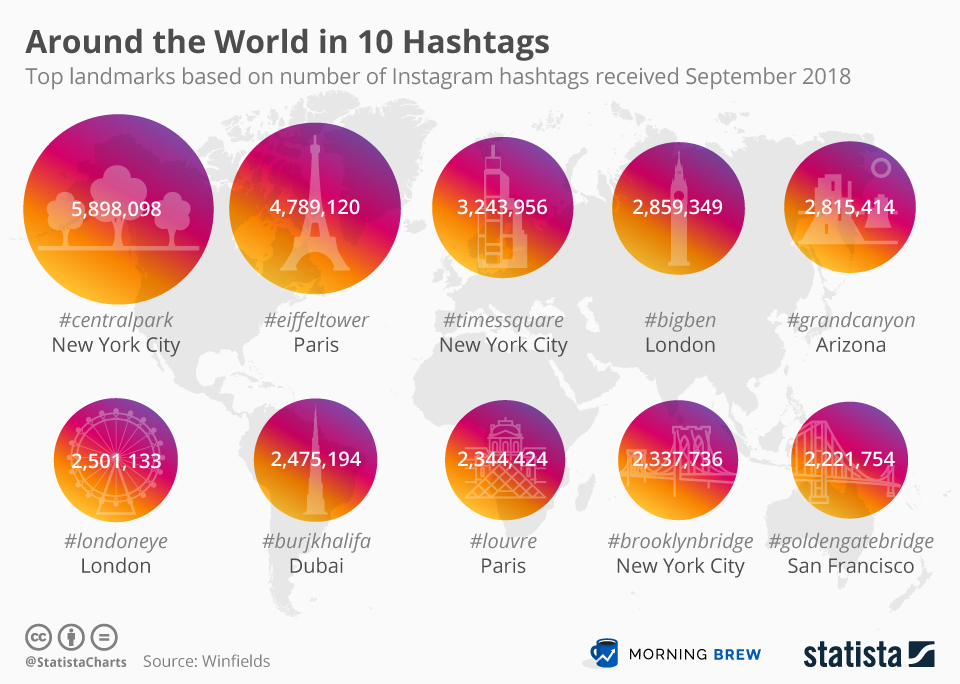For so long, social scientists have taken interest in the dynamics of cities, and rightfully so, for cities act as representatives of nations to the world. Cities are important. They generate growth, propelling their nations to greater heights.
A Shift
Studying cities is not an easy task. They can get really massive. In the past, this greatly limits the ability of social scientists to study cities, considering the cost and the impracticality of collecting data from cities, among other constraints.
Today, technological developments loosen this constraint. We have the Internet, various applications, smartphones, computers, and a wide range of data analysis tools which make capturing insights from big cities less arduous. With Big Data in our hands, we dig deeper into the inner workings of cities in a way we never did before.

State of Flux
Data empowers. Access to information allows us to make overall better decisions. However, with a torrent of data before us, it is as easy to lose sight of the information which is supposed to guide us.
From our partners:
In the study of cities, it is intuitive to look at data such as official registry records. However, even such Big Data wouldn’t capture the dynamics of the cities — it gives nothing more than a static description of the people who reside in it.
The problem is, cities are alive and constantly changing. It is only right to analyze it in a manner which takes this reality into account.
New Lens
Tackling difficult problems typically involve creative solutions. Given the challenge of studying how city residents tend to occupy the social and physical space, also known as sociospatial patterns, researcher John Boy and Justus Uitermark found the answer in an unlikely candidate — Instagram.
Back in 2018, Instagram has garnered a billion users. This means a huge amount of posts per day, translating to an equally large amount of interactions that can be monitored.
Boy and Uitermark used the data of the cities of Amsterdam and Copenhagen taken from Instagram’s Application Programming Interface (API) in order to study interactions for each city. They considered mutual liking and commenting as an indicator of social ties. They collected these connections of interactions until clusters are formed. The researchers then manually described these clusters. This resulted in clusters such as the high school students, the “Cultural Entrepreneurs,” and the “Party Buffs.”
Now that they have acquired groupings in the cities, they can now check how these groups interact with one another in the context of the city. They gathered the geotagging information taken from the users’ posts. With this information, they were able to distinguish between locations which are the cosmopolitan, places in which the members of the clusters are about evenly present and those which are parochial, places in which specific clusters are densely present, akin to territories.
Their study provided insights into the composition of the respective cities. It also revealed locations in which diversity is highly embraced and locations preferred by specific groups.
These insights can be used in various ways. For instance, this could help governments erase sociospatial boundaries. This could also be used by businesses as guides in their marketing choices.
Reality Check
While these insights are definitely exciting, Boy and Uitermark are fully aware that even Instagram won’t fully capture the life of the city. Users tend to be selective on their social media postings, depending on the image they want to evoke. Users also have a preference on locations which they want to take an image of. In the end, the information that we can extract can serve as guides but not as rigid characterizations of the city.
Nonetheless, this is a remarkable improvement in the way we study cities. With continuous improvements in technology and data analytics, we are coming closer to deeply and fully knowing the cities we reside in.















